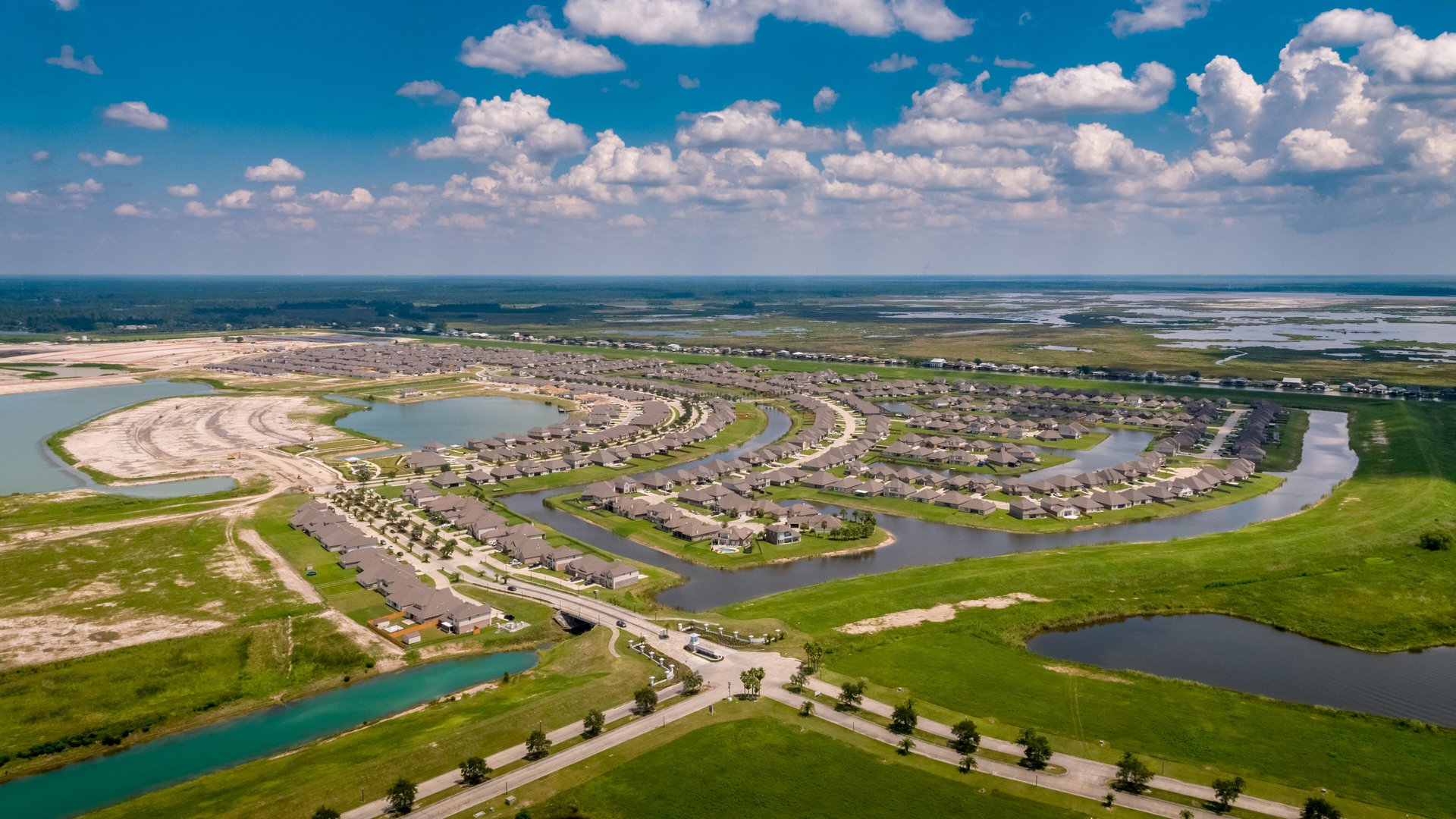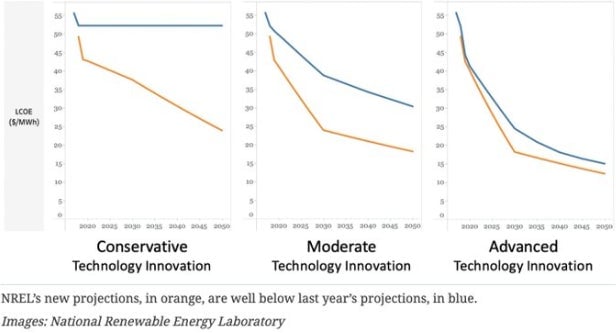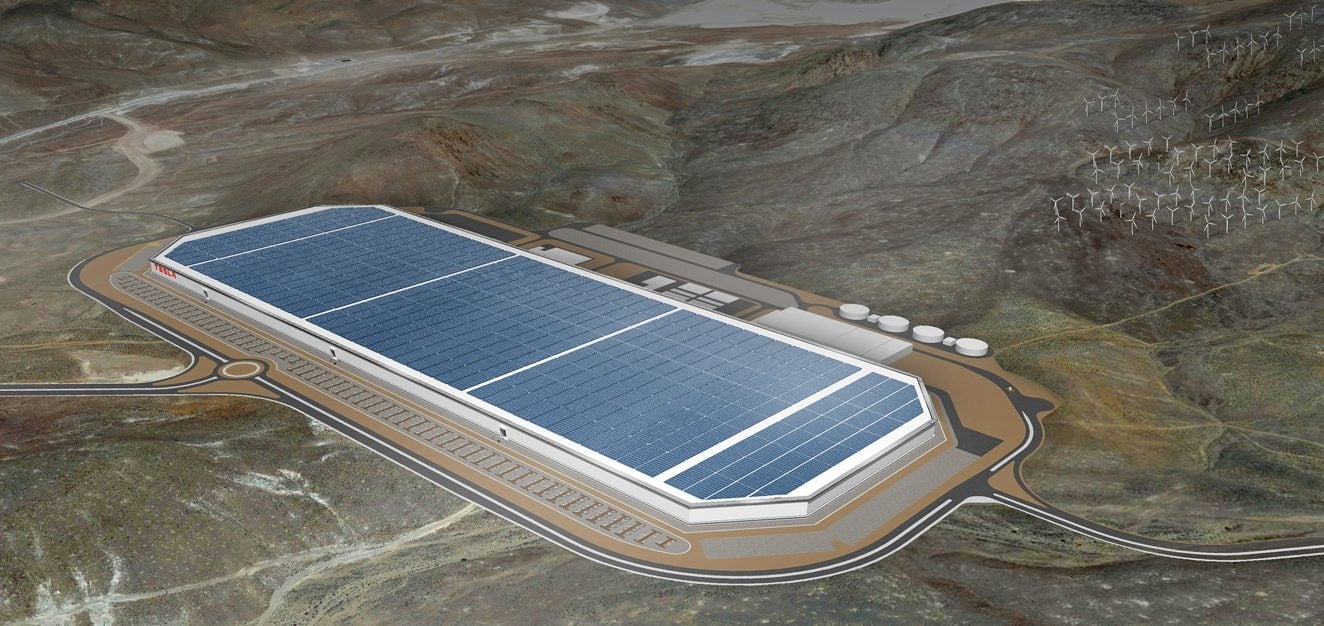The Race to Zero Emissions: Louisiana’s climate exodus has begun
In March, I had plans to travel to New Orleans from my home in Washington DC. I had pitched a story about the southeastern Louisiana coast, and how its community leaders and local officials are preparing for a massive shift of population away from areas made uninhabitable by climate change and land loss.

In March, I had plans to travel to New Orleans from my home in Washington DC. I had pitched a story about the southeastern Louisiana coast, and how its community leaders and local officials are preparing for a massive shift of population away from areas made uninhabitable by climate change and land loss.
You can probably guess what happened next. Over the course of one weekend, all my appointments in the state got canceled as the coronavirus took hold in the US. When it became clear that a safe trip was unlikely anytime this year, I swallowed my craving for a po-boy and finished my reporting over the phone.
Last week, my colleagues and I made good on the mission behind my canceled trip with a package of stories and unique interactives about climate migration and urbanization—including a virtual visit to Louisiana.
I had originally planned to explore St. Tammany parish, a satellite community across Lake Pontchartrain from New Orleans. My guide would be parish native Colette Pichon Battle, executive director of the Gulf Coast Center for Law and Policy, a nonprofit law firm that focuses on environmental justice issues. We planned to visit one rapidly growing subdivision she said is being marketed to incoming Black families, situated next to both a high-risk flood zone and a former Hurricane Katrina debris dump.
St. Tammany is in the early stages of what could be the world’s most ambitious coastal adaptation planning process. In the last few years, the community and state have carried out a major series of meetings and reports to help the area prepare for climate migrants, but the subdivision shows that not all the recommendations are sticking yet.

Since the story came out, I’ve been fortunate to receive a lot of feedback from readers in Louisiana. One resident thought I had overplayed the risk of racial tension resulting from migration, since in that area “we are raised to love everyone because together = a beautiful growing thriving community.”
And Edward Richards, director of the Climate Change Law and Policy Project at Louisiana State University, said I had underplayed the danger posed by urban development in relatively inland counties. “The folks moving into St. Tammany are just trading one risky spot for another,” he said. “The level of programs necessary are orders of magnitude larger than anything that has been proposed.”
These comments are invaluable, and exactly the kind of conversation we hope to prompt with the rest of our climate migration package, which covers areas from Miami and the South Carolina Lowcountry to urban centers around the world. Don’t miss it, and keep staying in touch! Your engagement with our journalism means a lot—whether by sending in questions or subscribing to be a Quartz member.
Here’s what happened over the past week that helped or harmed the world’s chances of cutting greenhouse-gas emissions to zero:
⬇️ Decreases emissions
1️⃣ Germany raised €6.5 billion for its first-ever green bond. Investors clamored to get a piece of the new financial instrument designed to finance low-carbon infrastructure.
2️⃣ While Poland has refused to adopt the EU’s goal of reaching climate neutrality by 2050, it now says it will accelerate the phase-out of coal while investing about $80 billion more in renewable and nuclear power.
3️⃣ The National Renewable Energy Laboratory dramatically lowered its solar cost projections, which are used by US utilities to plan their energy investments. That could supercharge solar expansion.

0️⃣ Net-zero (for now)
1️⃣ Tiny nukes got a key US government safety certification last week. NuScale won approval for its 50 MW, 76-foot-tall modular reactor design from the Nuclear Regulatory Commission for future licensing.
2️⃣ Tesla is making plans to enter the German energy market. The company’s new license to trade electricity in western Europe could allow it to supply energy from Tesla batteries and solar panels.
3️⃣ The Biden campaign is pushing to reach net-zero carbon emissions in the US power system by 2035 by phasing out coal and gas generation. Voters seem to agree: Recent Democratic polls in fossil fuel-rich Pennsylvania (a battleground state) support the move.

🔼 Increases emissions
1️⃣ Antarctica and Greenland are melting at a pace that lines up with the worst-case climate scenarios predicted by the Intergovernmental Panel on Climate Change, according to a study in the journal Nature Climate Change.
2️⃣ A fifth of global carbon dioxide emissions are traceable to global supply chains of multinational companies such as BP and Walmart, according to another study in Nature Climate Change. Pressure on thousands of suppliers to these multinational corporations could cut emissions.
3️⃣ Soil carbon sequestration on agricultural lands, or “carbon farming,” has huge potential. But food companies like General Mills, Danone North America, and Kellogg risk their emission efforts (and reputations) with poor accounting and farming practices.
Additional reporting by Michael Coren.
Could you be a superforecaster?
If you’re a regular consumer of climate news, you’re probably:
- Smart, analytical, open-minded and highly numerate
- Open to considering the “outside view”
- A fan of balancing competing theories and evidence that contradicts your views
That’s also, it turns out, what makes for a great superforecaster—someone who has proved themselves over several years of geopolitical forecasting tournaments, scoring in the top 5% for forecasting accuracy. The combined wisdom of superforecasters has proven more accurate than that of professional intelligence analysts in several research projects. Quartz’s latest field guide explores what we can learn from superforecasters in order to become better decision makers.
Stats to remember
As of Sept. 7, the concentration of carbon dioxide in the atmosphere was 411.37 ppm. A year ago, the level was 409.20 ppm.
Have a great week ahead. Please send feedback and tips to [email protected] and [email protected].